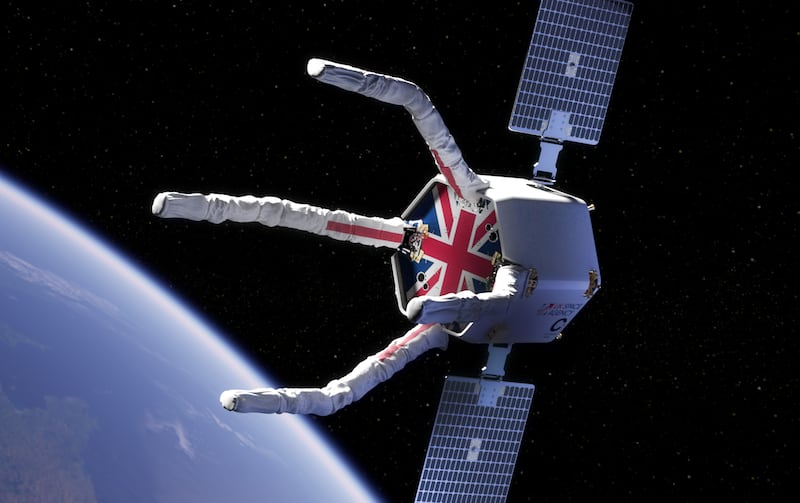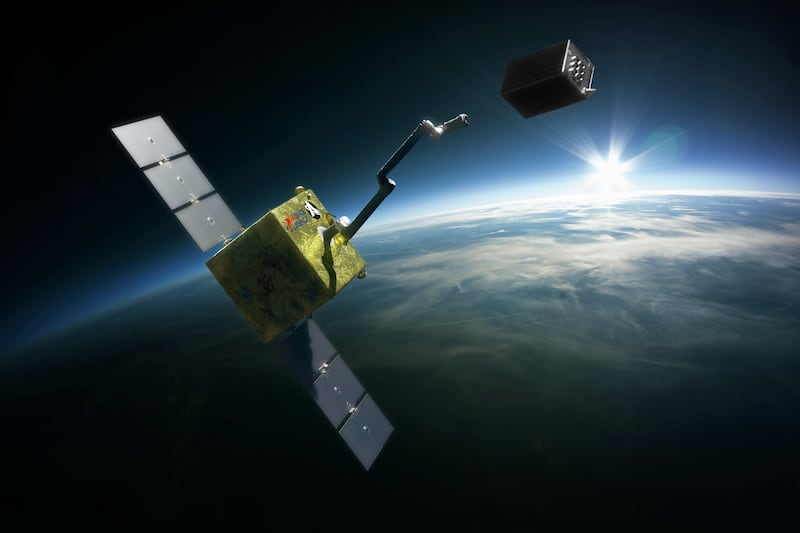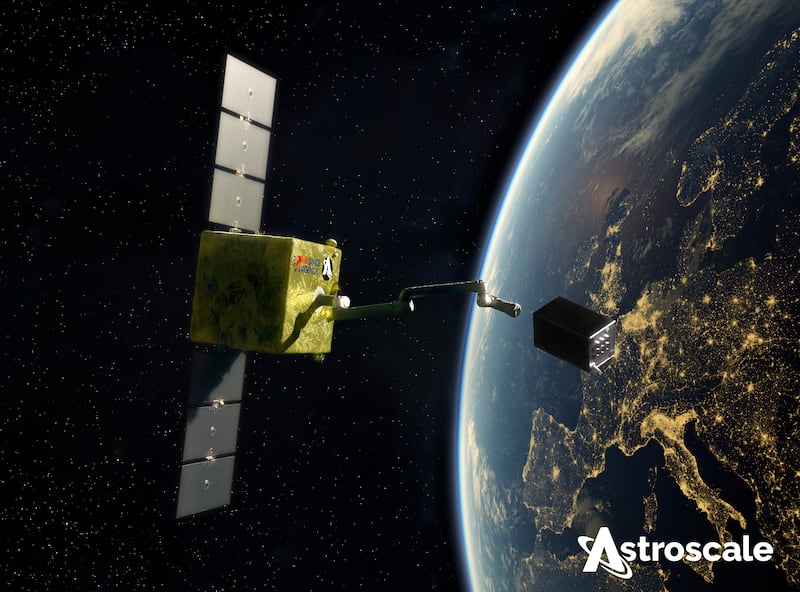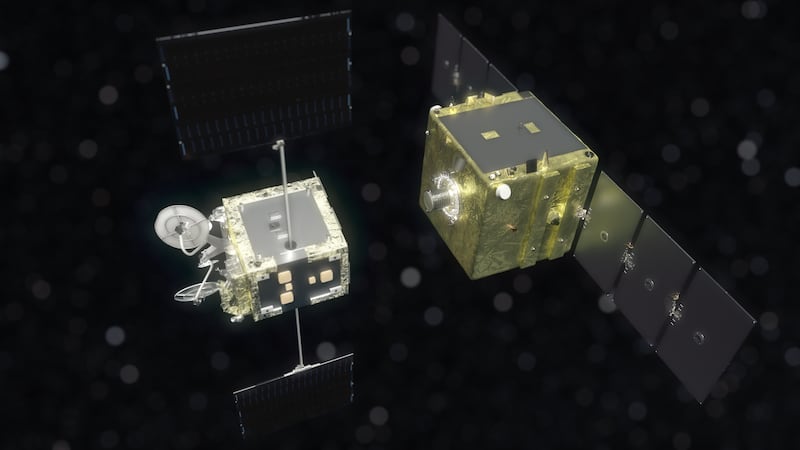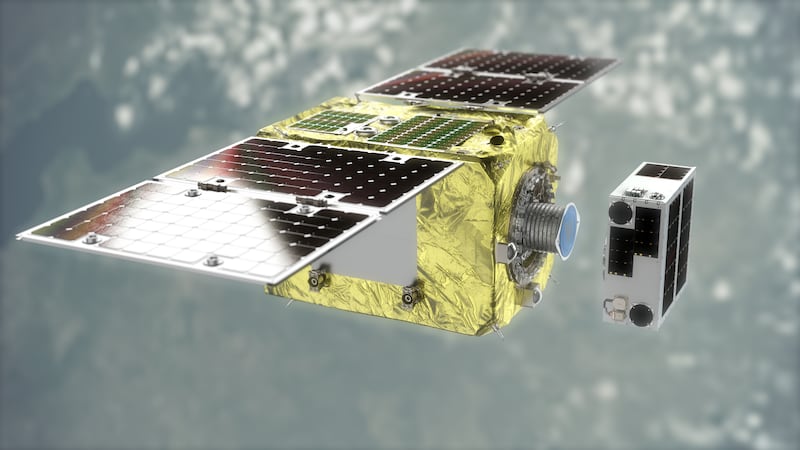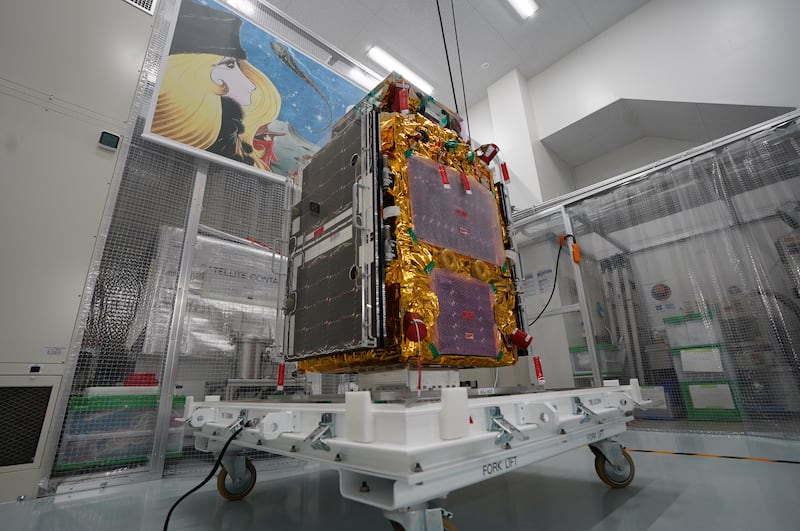Gazing up at the sky it’s difficult to think that there’s a lack of space up there. But many scientists are increasingly telling us that beyond the blue, there’s not enough space in orbit and it could all end very badly.
We created this problem. Since the space age began, we’ve blasted about 9,000 tonnes of equipment into orbit, mostly into low-Earth orbits, or Leos, where satellites and the International Space Station all circle the planet at distances of 400km to 2,000km.
What's beyond the stratosphere is full of space junk – parts of rockets, dead satellites and other bits all the way down to nuts, bolts and even flecks of paint.
Clean-up solutions are now emerging with a satellite "grabbing" project scheduled for launch in 2026 and a separate magnetic docking solution designed to act as a "space sweeper" that actively removes debris.
According to the European Space Agency (ESA), as of June last year, 15,760 satellites have been placed into orbit since the beginning of the space age in 1957. Of these, 10,550 remain in space with 8,200 operational.
Five key facts about 'space junk'
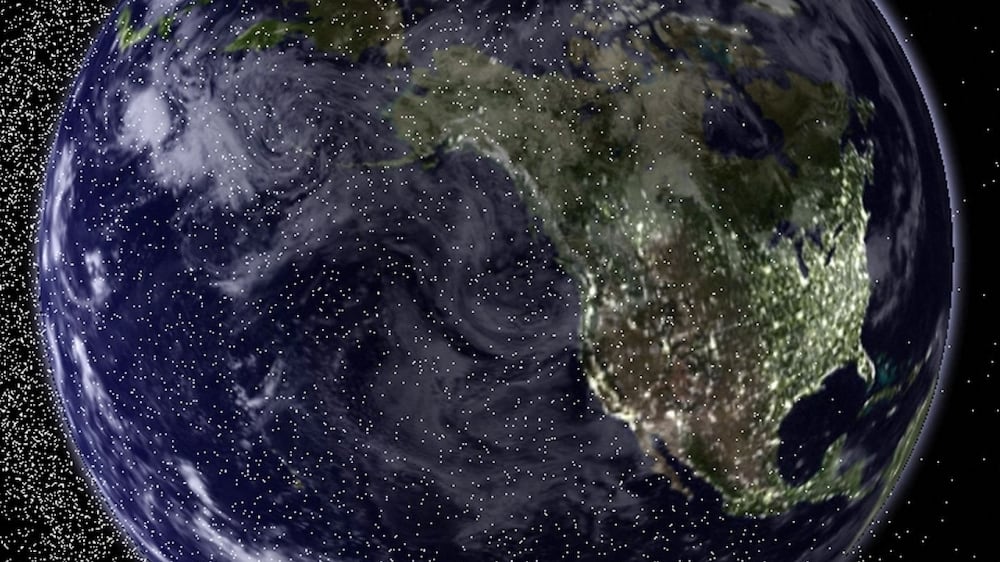
Added to this are tens of thousands of pieces of space junk bigger than 10cm in size and millions of smaller pieces that are moving 10 times faster than a speeding bullet, which means collisions have the potential to destroy our live satellites and cause communication chaos down on Earth.
Imagine a simple screw that has become dislodged from a satellite in orbit, possibly due to a previous collision. Moving at about 8km per second, on impact it would be capable of doing as much damage as a hand grenade.
The threat was explored in the film Gravity starring Sandra Bullock, which told the tale of a space shuttle being hit by debris with disastrous results.
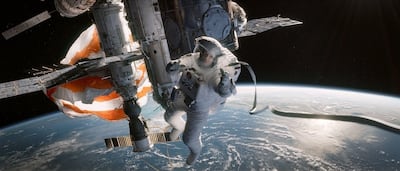
What frightens those involved in the space industry is the Kessler Effect. First postulated by Nasa scientist Donald Kessler in the late 1970s, the modelling predicted that as mankind fills low-Earth orbits with more and more junk, the chances of collisions increase. These collisions create more and smaller bits of debris, which further increases the likelihood of collisions, eventually rendering the whole orbit unusable.
“There are collisions," Rory Holmes, managing director at ClearSpace UK, told The National.
"In 2009, there was a famous collision between a dead and a live satellite that wiped out the live satellite. We’re not at a point where we can’t do anything in space – we just need to make sure we don’t get to that point.”
The problem is not all space has the same value. The low-Earth orbits where the world's satellites operate are deemed to be the top real estate, and because that's where most human-related space activity takes place, that's also where the junk is.
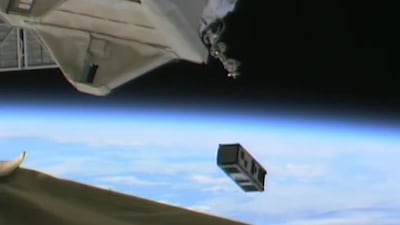
Craig Brown, director of investment at the UK Space Agency, notes that some low-Earth and geostationary orbits have become "quite congested in some regions".
“Satellites underpin a fifth of the UK’s GDP," he told The National.
"The value of the space sector itself as a vertical market is around £17.5 billion [$22 billion] but it underpins £370 billion [of GDP].
"So, it’s really, really important to society that we look after this asset. If we don’t, it’ll be quite catastrophic not just to the science we do in orbit, but also to society and economies at large.”
Cleaning up the mess
In fairness to the space industry, some of the mess clears itself up and is regulated to do so.
Satellite operators must demonstrate that their satellites comply with the end-of-life regulations, which means once a mission is finished, the satellites needs to be disposed of.
The easiest way is to move it into a decaying orbit where it will eventually be burnt up in the Earth's atmosphere.
“If you are in a low enough orbit then you will naturally decay within that timescale," Mr Brown told The National.
"If you’re not in a low enough orbit, you have to demonstrate your ability to get to a decay orbit which will bring you to within the required limit of the time you spend in orbit."
But, of course, things go wrong and a satellite might die before the end of its mission for a variety of reasons. However, that may mean it is unable to reach a decaying orbit and becomes another piece of space junk.
That's where a couple of innovative companies come into the picture. They are developing space vehicles and technology that will help to clean up space.

Founded six years ago, ClearSpace will build and launch its satellite-grabbing space vehicle within two years.
The British company's craft can envelop rogue or dead satellites, then transport and drop them into decaying orbits.
“We have an advance sensor suite on the front of our satellite so we can pinpoint and navigate to the object that we want to remove," Mr Holmes told The National.
"We go to it. We give it the big bear-hug grab. Hold it securely and then pull it down, drop it in the top of the atmosphere, where it safely burns up.”
“The whole industry has woken up to this problem. Now, people think when they design a satellite, ‘what does happen at the end of life; what’s the end-of-life plan?’ That didn’t happen 20 years ago.
“But that change has only happened in the last five years or so – that people are starting to think responsibly and think ‘what happens after?’”
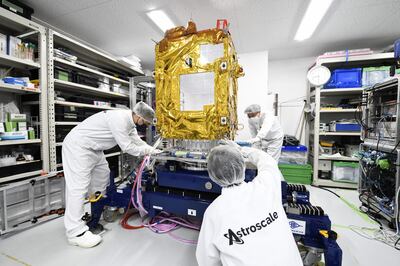
Avoiding collisions
The space industry globally is experiencing significant lift-off, with private companies, led by Elon Musk's Space X, moving into the market at pace. Driven by the demand for data and communications on Earth, more satellites are due to be launched than ever.
"They all want to go into the same orbit – low-Earth orbit," Tomoyo Mimura at Astroscale told The National. "Every day there’s always one satellite manoeuvring to avoid collision.
“We trying to balance sustainability and getting new developments from space.”
Founded 10 years ago, Astroscale is committed to clearing up the orbit highways and refers to its employees as "space sweepers".
The company has a few projects in the pipeline when comes to active space debris removal systems.
The End-of-Life Services by Astroscale (Elsa) works on the principle of a magnetic docking system, so defunct satellites can be captured and removed.

The idea is that in the near future satellites will have a magnetic docking plate attached to them when they're are built on Earth. Astroscale's spacecraft can then latch on to the satellite when it reaches the end of its life and remove it from orbit before it becomes just another piece of space junk.
Astroscale proved this magnetic capture technology works with the successful completion its Elsa-D mission last year (the 'D' stands for demonstration). That programme is now moving into the commercial phase of operations called Elsa-M (multiple).
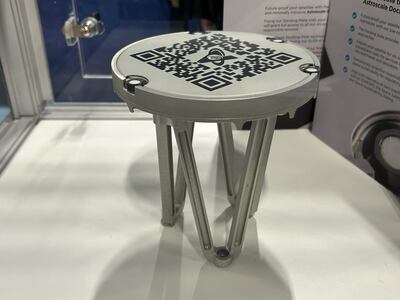
As such, Astroscale have a satellite "grabbing" project called Cosmic, which is scheduled for launch in 2026. Unlike ClearSpace's vehicle, this has a single flexible arm which will latch on to space debris and take it to a decaying orbit safely.
"We do acknowledge there are satellites up there that don’t have magnetic docking systems, so that’s why we’re also developing a robot arm to capture those unprepared ones,” Ms Mimura told The National.
“We’re asking commercial satellite operators to prepare themselves for end-of-life services. So, if they have the docking plate, we can capture it magnetically but it’s also robust enough to capture with a robotic arm if needed.”
'Solid business model'
Mr Brown from the UK Space Agency is keen to see Britain at the forefront of space debris removal, in a very practical business sense.
"One of the main reasons we’re supporting ClearSpace and Astroscale is that we believe there is a solid business model that sits behind them that will allow the companies to not only help us clean up low-Earth orbits, but also make money in the process and improve the UK economy," he told The National.
“Companies that are launching satellites into orbit want their rubbish removed, because they know that part of the orbit is their asset.
"If they can no longer use their orbit because they’ve filled it with junk, then they lose their primary asset, which is the ability to operate safely from that orbit."
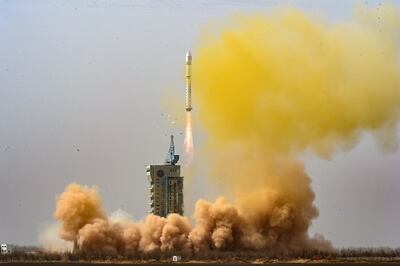
'The responsible thing'
Space has no international borders, so in practice space junk is a universal problem. The trouble is, countries apply different rules and regulations when it comes to end-of-life programmes for satellites and the removal of space debris.
There are certain treaties and sets of principles but the world is far from having a binding set of regulations for all countries involved in the space industry, even though there is a good level of co-operation between the 77 space agencies (16 of which have launch capabilities).
“If not all of the countries in the world apply the same regulations, then as a satellite manufacturer you’re looking at the difference between my competition in another country that isn’t having to design in features that allow it to be responsibly deorbited, but I am," Andrew Cawthorne, director at Surrey Satellites told The National.
"That would put companies that are doing the responsible thing at a disadvantage in the global market.
“It absolutely should be in everyone’s interest. However, there are countries around the world that aren’t applying that into their regulations.”
There is a need for technological advances, business models and regulations to gravitate towards each other if the problem of dead satellites and other space debris is to be effectively addressed.
The seemingly exponential growth in demand for data, geo-intelligence, navigation and communications means thousands of satellites are destined for low-Earth orbits in the coming years.
Keeping track of where everything is in space is big business as well, as satellite operators have to be constantly vigilant and aware of the possibility of collision and manoeuvre accordingly to avoid them.
Thankfully, collisions have been rare until now but as the thousands of existing satellites are joined by possibly tens of thousands more in the coming years, the risks can only increase, Mr Brown told The National.
"Every time you watch something on TV, the file has probably passed through a satellite at some point. Every time you’re navigating to go somewhere, that’s passing through a satellite. Many phone calls are routed partly through satellites," he said.
“There have been a very small number of satellites to date that have received that kind of catastrophic impact. It’s really important that we get to grips with this before that becomes a frequent occurrence.”
